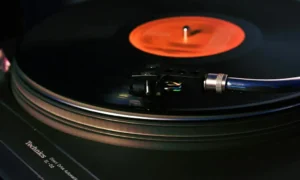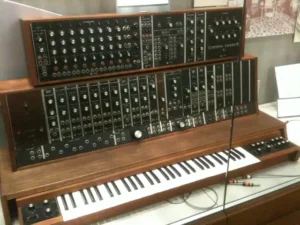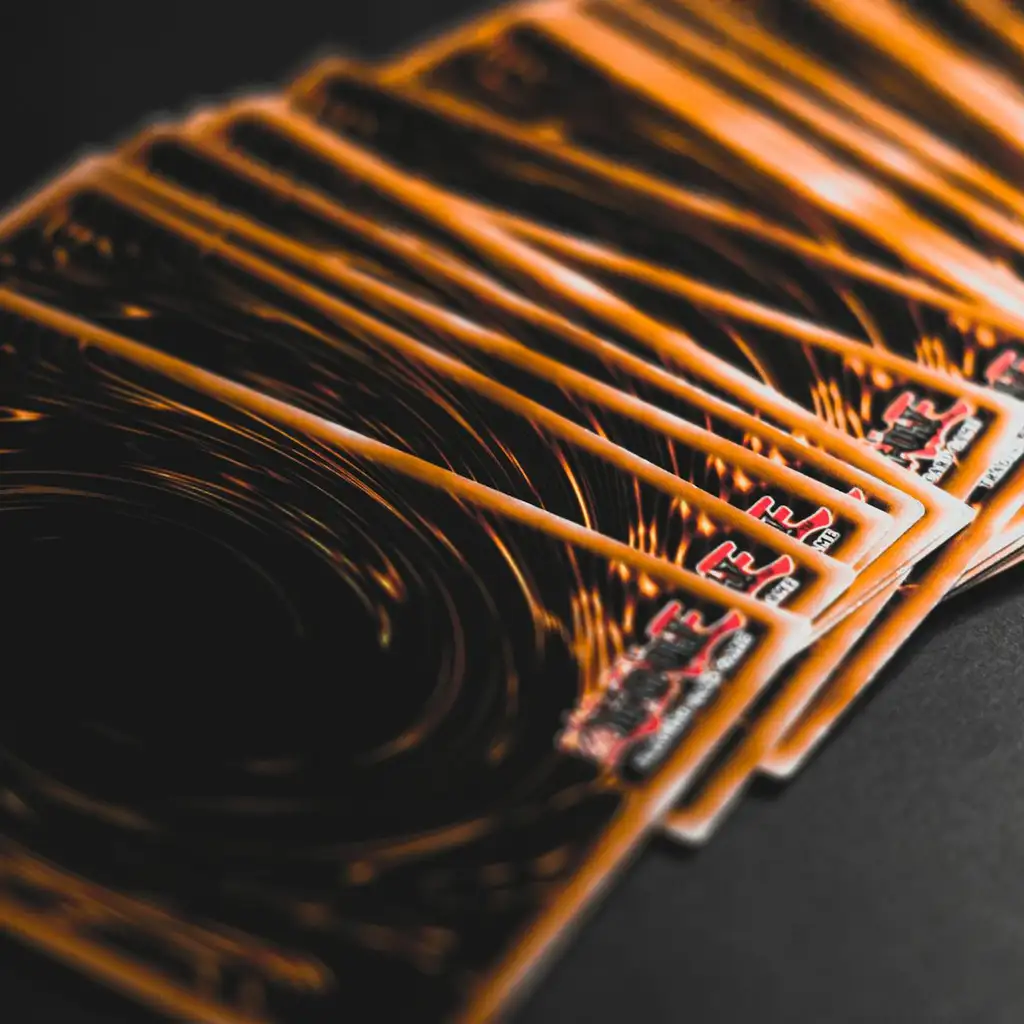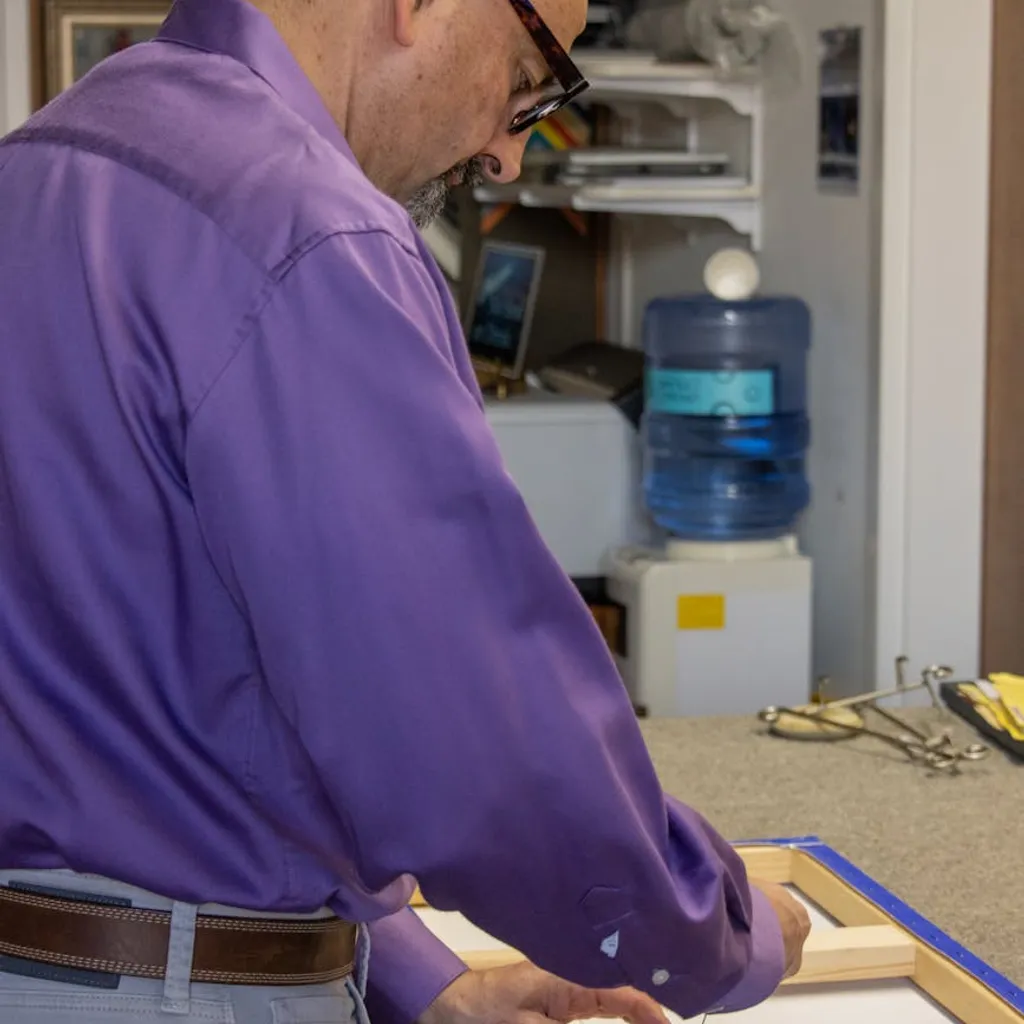This device includes a socket for an Intel 8087 coprocessor, which handles floating-point math operations. However, adding this coprocessor doubles the power consumption and generates significant heat, and few applications of that era use it, making it an option only for those with a specific need. Meanwhile, the Motorola 6845, an original CGA controller (although not a GPU as understood today), powers the display, while the Yamaha OPL3 sound chip, familiar from classic Sound Blaster cards, delivers robust audio if the optional sound card is installed.
The Book 8088’s compactness comes from consolidating traditional components into fewer chips. For instance, its 640KB of RAM is delivered via just two chips, a 512KB and a 128KB, rather than being split across multiple modules or bulky expansion cards. The six ROM chips of the original IBM PC are replaced by a single 64KB EPROM that holds the BIOS and BASIC software, reducing the need for multiple chips and extra space.
Additionally, the motherboard incorporates CPLDs (Complex Programmable Logic Devices) to emulate various motherboard functions. Acting like simplified FPGAs, these chips mimic the behavior of the original hardware, which allows the Book 8088 to operate as a compact alternative to IBM’s vintage PCs.
One feature not seen in original 1981 PCs is the integrated XTIDE controller, which enables connection to modern 16-bit ATA storage devices, adding support for CompactFlash cards, a convenient and efficient storage option similar to SSDs. For limited USB support, there’s a CH375S chip, which allows the Book 8088 to connect to USB storage devices—though it can’t handle peripherals like mice or keyboards.
The laptop’s display, a 7-inch LCD connected via a 50-pin ribbon cable, uses a Realtek RTD2660 controller to bridge the CGA graphics with the modern screen. This setup, which resembles components often used in Raspberry Pi projects, is practical but lacks typical screen controls, like brightness adjustment.
Expansion is possible through an 8-bit ISA slot accessible via a dongle attached to the back of the device, allowing for add-ons like game controllers, floppy disk controllers, or additional ports. However, this setup was not included in our review model.
Internally, the Book 8088 is neatly organized and labeled, and it came with a wiring diagram, technical reference manual, and BIOS source files—unique resources reportedly unavailable elsewhere online. While the origin of the device remains mysterious, the detailed documentation suggests it was crafted by someone committed to making this retro computing experience modifiable and accessible for enthusiasts.








